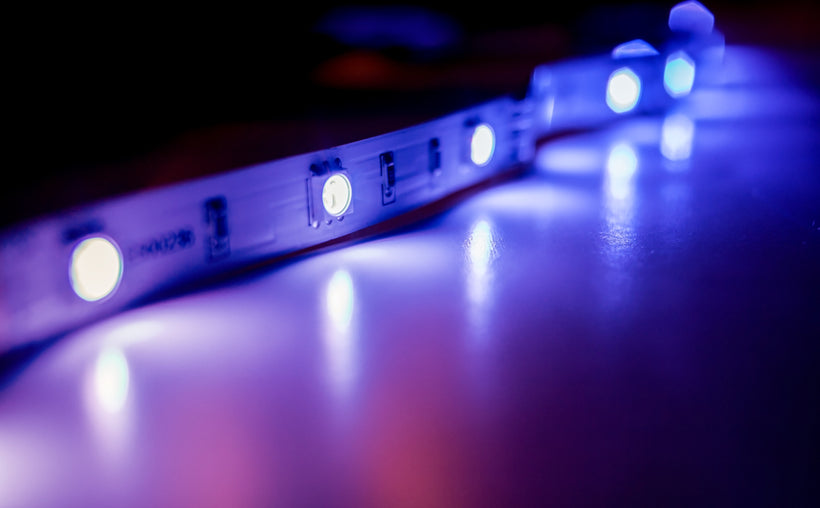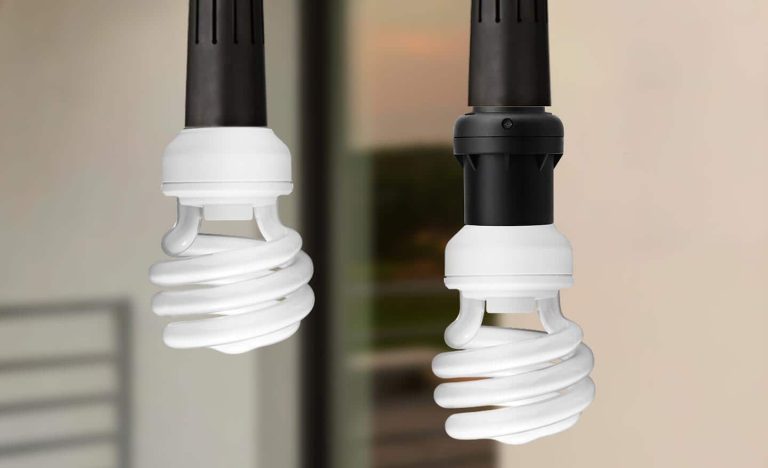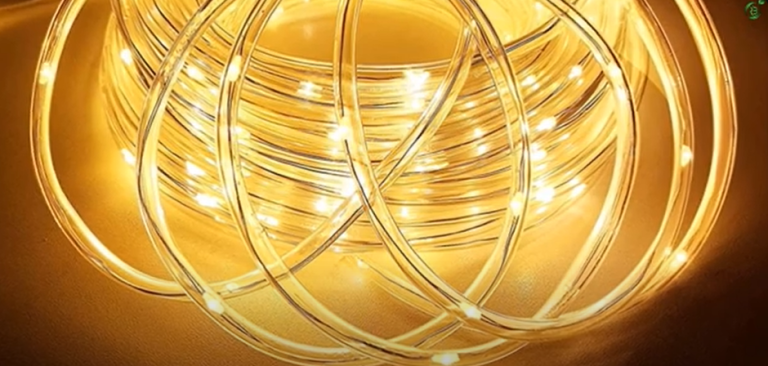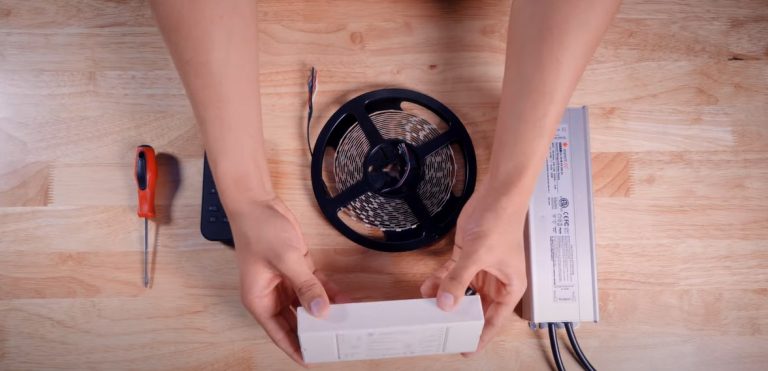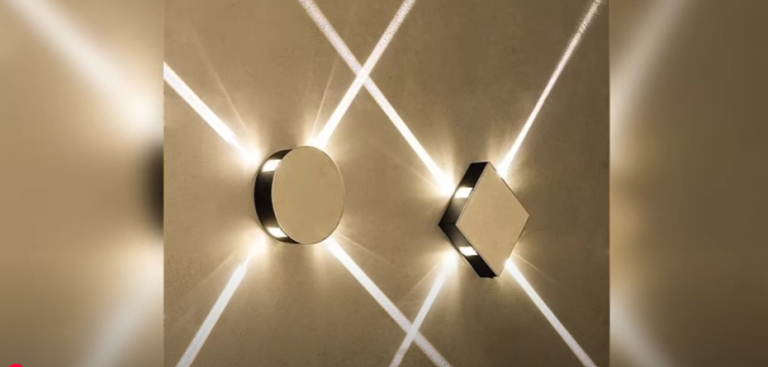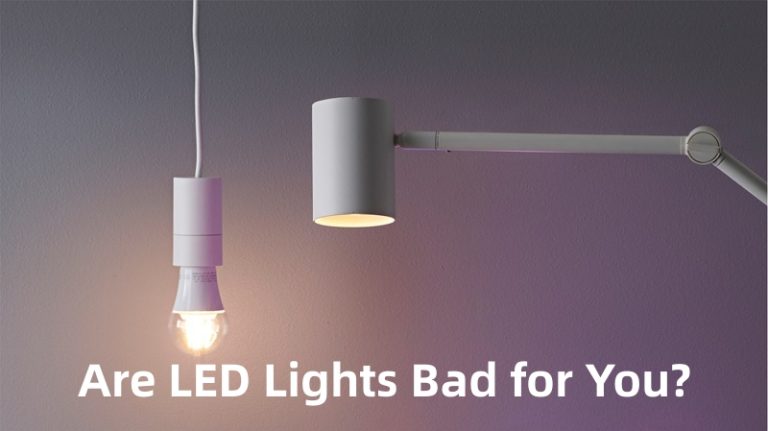How Long Do LED Lights Last? Discover Their Lifespan
How long do LED lights last? LED lights typically last between 25,000 to 50,000 hours. This means they can operate for over 10 years with regular use. Their long lifespan depends on quality, usage, and environmental conditions, making them more durable and energy-efficient compared to traditional incandescent or fluorescent lighting.
But how long do these modern marvels actually last? If you’re considering upgrading your lighting, this question is crucial. You’re not just thinking about initial costs; you’re weighing long-term benefits. The answer can impact your wallet and your comfort. Dive into this article to uncover the truth about LED longevity.
You might find yourself surprised, and even inspired, to make a change that could brighten your life for years to come.
How Long Do LED Lights Last?
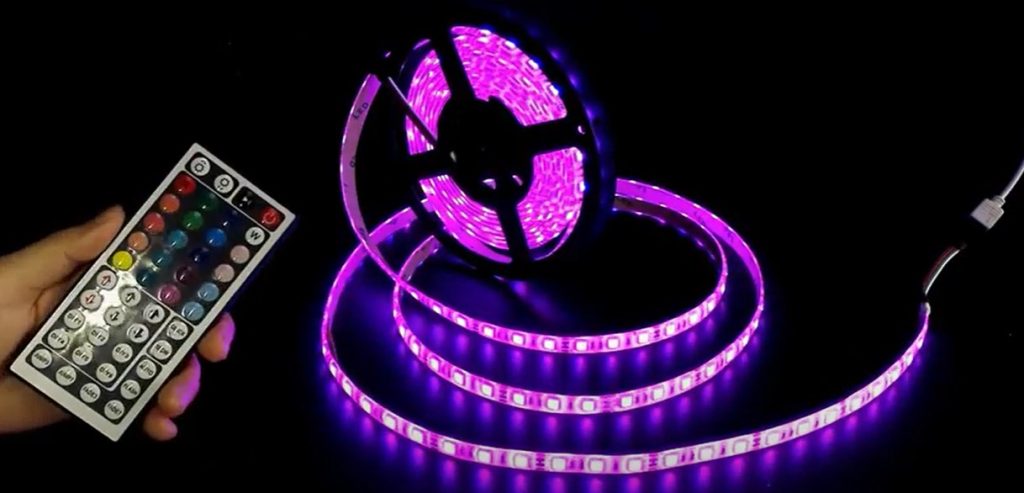
Led Lifespan Factors
Understanding the factors that influence LED lifespan is essential for consumers. LED lights are celebrated for their efficiency and long life. Yet, not all LEDs last the same duration. Various elements impact how long these lights shine. This guide explores key factors affecting LED lifespan.
Read More: Can You Cut Led Strip Light? Expert Tips Revealed
Manufacturing Quality
The quality of materials and assembly impacts LED longevity. High-quality LEDs often use superior components. They are manufactured with precision to ensure long life. Cheaper LEDs may cut corners, leading to shorter lifespans.
Heat Management
Heat is a significant factor in LED performance. Excessive heat can damage LEDs and reduce lifespan. Quality LED lights include heat sinks to manage temperature. Proper installation in well-ventilated areas aids in cooling.
Power Supply
Stable and compatible power supply is crucial. Fluctuating power or wrong voltage can harm LEDs. Using recommended drivers ensures consistent performance. Protect your LEDs with surge protectors.
Usage Patterns
How often and how long LEDs are used matters. Frequent on-off cycles can stress the components. LEDs designed for specific usage patterns last longer. Consider your usage needs before purchasing.
Environmental Conditions
Environmental factors, such as humidity and temperature, affect LEDs. LEDs in damp or hot environments may degrade faster. Choosing LEDs designed for specific conditions can increase lifespan.
Read More: How to Set Up LED Lights in Room: Expert Guide
Comparing Led To Traditional Bulbs
| Feature | LED Bulbs | Traditional Bulbs (Incandescent/CFL) |
|---|---|---|
| Lifespan | 25,000–50,000 hours | 1,000–8,000 hours |
| Energy Efficiency | Very high (up to 80% savings) | Low to moderate |
| Heat Emission | Very low | High (especially incandescent) |
| Initial Cost | Higher upfront | Lower upfront |
| Long-Term Cost | Lower (less energy + replacements) | Higher (more replacements needed) |
| Warm-up Time | Instant | CFLs take time; incandescent is instant |
| Durability | Shock-resistant and sturdy | Fragile (glass components) |
| Environmental Impact | Eco-friendly, no mercury | CFLs contain mercury; incandescent wasteful |
| Color Options | Wide range of tones | Limited color temperature options |
LED lights outlast traditional bulbs significantly. They can shine for up to 25,000 hours, whereas traditional bulbs last only about 1,000 hours. This extended lifespan makes LED lights a more cost-effective and durable choice for illuminating homes and offices.
LED lights have become increasingly popular due to their impressive lifespan compared to traditional bulbs. Whether you’re redesigning your living space or simply replacing a burned-out bulb, understanding the differences between LED and traditional lighting can help you make the best choice for your home and wallet. Let’s dive into the specifics and see how LED lights stack up against traditional incandescent and fluorescent bulbs.
Efficiency And Lifespan
LED lights are known for their longevity. They can last up to 25,000 hours or more, significantly outperforming incandescent bulbs that typically last only about 1,000 hours. This means fewer replacements and less hassle for you.
Traditional bulbs consume more energy and burn out faster, which can be frustrating when you’re in the middle of an important task or enjoying a cozy evening at home. Imagine not having to climb up a ladder every few months just to change a bulb!
Energy Consumption
LEDs are highly efficient. They use a fraction of the electricity that incandescent bulbs require. You might have noticed a drop in your electricity bill after switching to LED lights.
With traditional bulbs, much of the energy is wasted as heat. LED lights, on the other hand, convert most of the energy into light, making them a cost-effective choice for long-term savings.
Environmental Impact
LEDs are the eco-friendly choice. They contain no hazardous materials, unlike some traditional bulbs which contain mercury. This makes disposal easier and safer for the environment.
If you’re concerned about your carbon footprint, opting for LED lighting is a step towards sustainability. Think about the impact your lighting choices can have on the planet.
Light Quality And Versatility
LED lights offer better light quality. They come in various color temperatures and brightness levels, allowing you to customize your lighting according to your mood or activity.
Traditional bulbs are often limited in options. With LEDs, you can enjoy bright, cool light for working and warm, soothing light for relaxation. Have you ever considered how lighting affects your productivity and mood?
Initial Cost And Long-term Savings
LEDs may seem costly upfront. However, their longer lifespan and energy efficiency lead to savings over time. You save money on electricity and replacement costs, which adds up significantly.
Traditional bulbs have a lower initial price but end up costing more due to frequent replacements and higher energy bills. Have you calculated how much you spend on traditional bulbs each year?
Switching to LED lighting is not just a trend; it’s a smart investment for your home and the environment. Evaluate your current lighting setup and consider making the switch. Your future self might thank you for it.
Usage And Maintenance Tips
LED lights are celebrated for their longevity, but how you use and maintain them can significantly impact their lifespan. Proper usage and routine care can stretch the life of your LED lights even further. Let’s dive into some practical tips to ensure you’re getting the most from your LEDs.
Usage Tips To Extend Lifespan
Consider the environment where your LED lights are installed. Excessive heat or humidity can shorten their life. Keep them in cooler, dry places whenever possible.
Think about the usage frequency. LEDs are great for areas with frequent on-and-off cycles, like bathrooms or kitchens. But what about that cozy reading nook? While LEDs are durable, constant use at high brightness can lead to wear over time.
Have you ever thought of using dimmer switches with your LED lights? Lowering the brightness not only saves energy but can also extend the life of your bulbs.
Maintenance Tips For Longevity
Dust and grime can accumulate on LED bulbs, reducing their efficiency. Regular cleaning with a soft cloth can help maintain brightness and performance.
Watch out for flickering lights. This could signal an issue with the bulb or the fixture. Addressing this early can prevent further damage.
Consider checking the fixtures for compatibility. Using LED bulbs in incompatible fixtures can cause overheating and damage. Ensure your fixtures are LED-friendly.
Reflecting On Personal Experience
Have you ever replaced a bulb only to find it didn’t last as expected? I once installed LEDs in an area with poor ventilation, and they didn’t last long. Moving them to a cooler spot made a noticeable difference.
Perhaps you’ve noticed LEDs dimming over time. Sometimes, a simple adjustment or cleaning can bring back their shine. What small changes can you make today?
These tips are straightforward, but sometimes the simplest actions lead to the longest-lasting results. How will you apply them to your home?
Signs Of Led Wear
LED lights are known for their long lifespan. Yet, like all technology, they wear out over time. Understanding the signs of LED wear can help you know when it’s time to replace them. This knowledge ensures your spaces stay well-lit and energy-efficient.
Dimming Light Output
One major sign of LED wear is dimming light output. As LEDs age, they emit less light. This gradual loss can affect the ambiance of your space. Compare the light level to when the bulb was new.
Flickering Lights
Flickering can indicate LED degradation. It can also suggest a power supply issue. Frequent flickering may mean the LED is nearing its end. Addressing this early can prevent complete failure.
Color Changes
Color changes are another sign of wear. LEDs might shift from their original hue. This change can be subtle or drastic. A color shift often indicates the bulb’s components are aging.
Physical Damage
Check for physical damage on the LED. Cracks or dark spots signal wear. These can affect the light’s performance. Even small damages can impact longevity.
Increased Heat Output
LEDs generally run cool. An increase in heat could indicate wear. Excessive heat can shorten the bulb’s lifespan. Ensure proper ventilation around the light.
Innovations In Led Technology
Innovations in LED technology have transformed the way we think about lighting. From energy efficiency to enhanced longevity, LEDs are setting new standards. But what does this mean for you and your everyday lighting needs?
What Makes Led Lights Last Longer?
LED lights have a reputation for their durability. But why do they outlast traditional bulbs? The secret lies in their design. LEDs don’t have a filament that can burn out. Instead, they use a semiconductor to emit light, which is far more resilient.
Think about this: a traditional incandescent bulb might last around 1,000 hours. In contrast, LEDs can shine brightly for up to 50,000 hours. This isn’t just a claim—it’s a game-changer for your home and wallet.
Advancements In Heat Management
Heat is a light bulb’s worst enemy. It can degrade the components and shorten its lifespan. Luckily, innovations in LED technology have tackled this issue head-on. New designs incorporate efficient heat sinks to dissipate heat effectively.
Imagine not having to worry about frequent replacements or flickering lights. Effective heat management ensures your LEDs stay cool and last longer, providing consistent illumination.
Improved Quality And Performance
Today’s LEDs are not just about longevity—they’re also about quality. Advances in LED technology mean better color accuracy and brightness. You can choose LEDs that mimic natural daylight or opt for warm hues for a cozy atmosphere.
It’s fascinating how a simple bulb can impact your mood and productivity. With improved LED quality, you have the flexibility to tailor your lighting environment to suit your needs. Have you noticed how the right lighting can change the vibe of a room?
Smart Led Features
Imagine controlling your lights with a smartphone app. Smart LEDs are revolutionizing the way we interact with lighting. You can adjust brightness, change colors, or even set schedules for your lights—all with a few taps.
Integrating smart LEDs into your home isn’t just about convenience; it’s about creating a personalized lighting experience. Do you think smart features will become a staple in every home soon?
Environmental Impact
LEDs are eco-friendly. They consume less energy and contain no harmful materials. This makes them a sustainable choice for conscious consumers like you. By opting for LEDs, you’re reducing your carbon footprint.
Every small step counts. Switching to LEDs is a simple yet impactful way to contribute to a greener planet. How important is sustainability in your lighting choices?
In a world where technology evolves rapidly, LEDs stand out as a beacon of innovation. Their extended lifespan, superior performance, and smart capabilities are reshaping the future of lighting. When planning your next lighting upgrade, consider how these advancements can enhance your space and lifestyle.

Credit: www.linkedin.com

Credit: store.yeelight.com
Frequently Asked Questions
How Long Do Led Lights Last On Average?
LED lights typically last 25,000 to 50,000 hours. They outperform traditional bulbs in longevity. Energy efficiency and durability contribute to their extended lifespan. Proper usage and conditions can enhance their performance. LED lights are a cost-effective and sustainable lighting choice for homes and businesses.
Do Led Lights Flicker Before They Burn Out?
LED lights usually flicker due to voltage fluctuations or dimmer incompatibility, not because they’re burning out. Flickering can also indicate a loose bulb or faulty fixture. Proper installation and compatible dimmers can prevent flickering. LED lights generally last long and rarely flicker before they burn out.
Is It Ok To Leave Led Lights On All Day?
Yes, you can leave LED lights on all day. They are energy-efficient and produce less heat. LEDs have a long lifespan and are safe for prolonged use, reducing electricity costs. Ensure proper ventilation to prevent overheating and extend the light’s durability.
Conclusion
LED lights offer long-lasting brightness. Typically, they last many years. This reduces replacement hassles. Energy efficiency also makes them cost-effective. They shine bright while saving money. Their lifespan depends on usage and quality. Choose high-quality LEDs for better performance. Consider the environment and usage patterns.
Proper care extends their life. Regular cleaning helps too. LED lights are a smart choice. They promise durability and efficiency. Perfect for homes and offices. Enjoy the benefits of lasting light. Make the switch today. Brighten your space with LEDs.
Save money and energy. A wise investment for your future.

